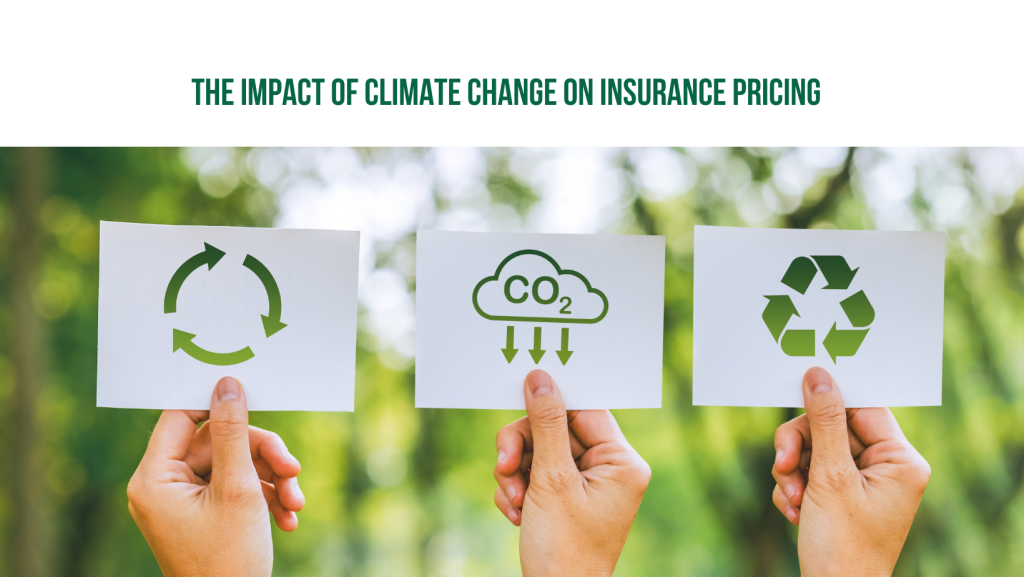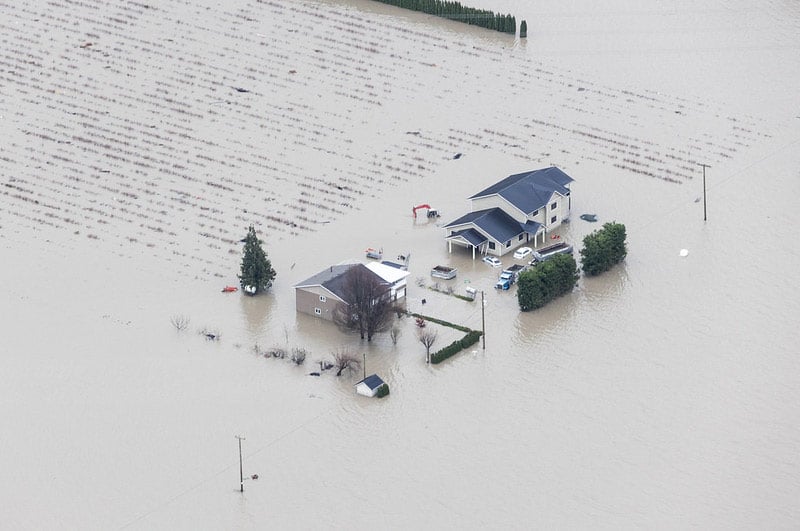How Climate Change Is Impacting Property Insurance Costs
By Omarosa Omarosa
As extreme weather events intensify, **Climate Change Property Insurance Costs are rising worldwide. Insurers are recalculating risks from floods, hurricanes, windstorms, and wildfires, and homeowners are paying more for coverage—often with higher deductibles and stricter terms. In some high-risk zones, traditional policies are being withdrawn entirely
This guide explains why premiums are climbing, how flood zones are expanding, and why wildfire coverage is changing. You’ll also learn what steps property owners can take to reduce risk and keep insurance options open.
Rising Premiums: The Climate Cost of Coverage
Insurance pricing reflects expected losses. With climate-driven disasters growing in frequency and severity, losses—and therefore premiums—are trending upward. Three forces dominate:

- Severe weather damage: Bigger storms and longer disaster seasons increase claim frequency and size.
- Rebuilding inflation: Higher costs for materials and labor push up claim payouts.
- Reinsurance pressure: Insurers pay more for their own coverage, passing costs to policyholders.
The result for consumers is clear: higher base premiums, larger deductibles, and more exclusions for perils like flood and wildfire.
Flood Zones: Expanding Maps, Expanding Costs
Flood risk is shifting as sea levels rise and extreme rainfall becomes more common. Two realities stand out:
- Standard policies exclude flood: Separate flood insurance is usually required, and its cost is rising under modern risk rating systems.
- Risk maps are moving targets: Updated floodplain maps are adding neighborhoods to high-risk categories, making coverage mandatory for more mortgages.
Complicating matters, many communities still rely on outdated maps that understate risk, leaving some owners uninsured when “unexpected” floods occur. Private insurers are also limiting exposure in flood-prone areas, pushing more consumers to government-backed or specialty markets.
Wildfire Coverage: Retreating from the Fire Line
Hotter, drier conditions and longer fire seasons have made wildfires more destructive. Insurers respond by tightening underwriting or withdrawing from the highest-risk zones.
- Nonrenewals and moratoriums: Some carriers stop writing new policies or decline renewals in fire-exposed regions.
- State “last resort” plans: FAIR-type plans fill gaps but often cost more and provide narrower coverage.
- Mitigation requirements: Defensible space, ember-resistant vents, and fire-rated roofs are increasingly required for eligibility or discounts.
- Underinsurance risk: Rebuild costs after total loss can exceed limits if policies aren’t updated regularly.
The Bigger Picture: Markets Under Pressure
When payouts outpace premiums, insurers must raise prices, trim coverage, or exit markets. That strains affordability and availability, particularly in coastal, riverine, and wildland-urban interface communities. Governments often respond with subsidies, reinsurance backstops, or regulatory reforms—measures that can stabilize markets but don’t remove the underlying climate risk.
What Property Owners Can Do
- Audit your risk: Check flood, wind, and wildfire exposure using official maps and multiple models where available.
- Close coverage gaps: Consider flood or wildfire endorsements; verify replacement cost and ordinance-or-law coverage.
- Invest in resilience: Elevate equipment, add storm shutters, upgrade roofing, create defensible space, and install backflow valves.
- Harden your finances: Raise emergency savings to cover higher deductibles and temporary living costs.
- Shop annually: Compare carriers and independent agents; ask about mitigation discounts and community rating benefits.
Policy & Market Solutions
- Resilience incentives: Premium credits or tax rebates for mitigation upgrades.
- Updated mapping & modeling: Integrating future climate projections to price risk more accurately.
- Parametric options: Quick, trigger-based payouts tied to wind speed, rainfall, or fire indices.
- Public-private partnerships: Reinsurance backstops and risk-sharing to keep coverage available.
- Stronger codes & zoning: Limiting building in the highest-risk areas and requiring resilient construction.
FAQs
Why are premiums rising so fast?
More frequent and severe disasters, higher rebuild costs, and pricier reinsurance are pushing rates up.
Are flood zones getting bigger?
Yes, updated maps and sea-level rise are expanding designated high-risk areas in many regions.
Why are insurers leaving wildfire-prone areas?
Expected losses can exceed premiums, making underwriting unsustainable without major price hikes.
Can upgrades lower my premium?
Often. Fire-resistant roofs, defensible space, stormproofing, and flood barriers may qualify for credits.
What if I can’t find coverage?
Specialty carriers or state-backed plans may help, but costs are typically higher and terms narrower.
Climate change isn’t theoretical—it’s reshaping insurance today. As Climate Change Property Insurance Costs rise, property owners face tighter coverage and tougher choices. By understanding local hazards, upgrading for resilience, and reviewing policies regularly, you can protect your home, business, and budget in a warming world.
climate change property insurance rising premiums flood zones wildfire coverage insurance costs









